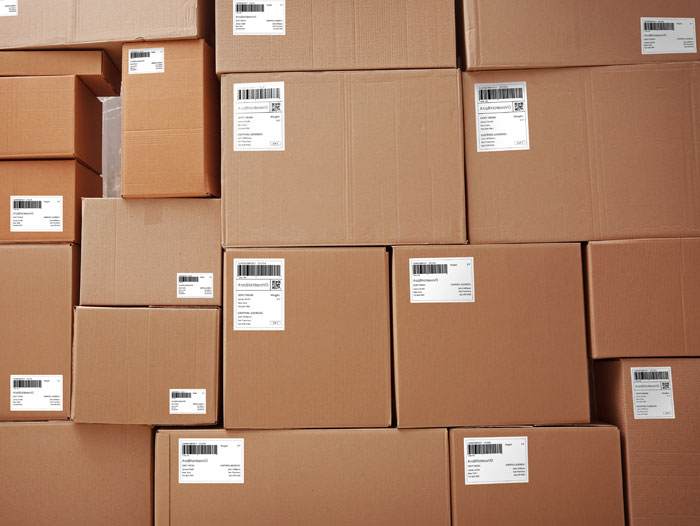Study Shows Food Industry Emissions Vastly Underestimated
June 22, 2021 | 3 min to read

Reducing Food Waste By Labeling and Tracking is More Important Than Ever
First the bad news: a new study published in the scientific journal Environmental Research Letters says food is a larger polluter than we knew, responsible for up to 40% of overall human greenhouse gas emissions—about double previous estimates. Taken together with previous research finding food waste reduction to be a top climate priority, this promises growing attention to food processing efficiency and traceability.
The good news: easy, affordable systems to label and track fresh foods through the supply chain already exist, giving food processors the precision of item-by-item tracking combined with the efficiency of ERP-style inventory management.
Simba, from Dynamic Systems Inc., is one such system. A robust software suite that integrates with leading brands of barcode scanners, scales, tablets and other plant floor equipment, Simba starts with the label.
Every item received at processing is labeled with a barcode and serial number. Once labeled, the item—say, a salmon—is tracked all the way through the production facility. As the salmon is cut into pieces, each is labeled with a code that traces back to the original fish. This is all recorded and controlled in an “office” module that tells you exactly where each piece of fish is, where it came from, where it’s going, and how much is left to sell.
As with fish, so with meat, poultry and produce. The system barcodes every item coming in, then follows it, and every piece of it, as it moves through the production plant. Simba also tallies waste left at the end of the process, so processors know what remains for commodity buyers such as pet food companies.
“Simba is built to reduce waste and speed throughput, so fresh food gets quickly to market,” says Dynamic Solutions CEO Alison Falco. “We also enable you respond to audits with a couple of clicks, which our customers like very much.”
This is even more important as eco-labeling continues to proliferate, from organic apples to dolphin-safe tuna and grass-fed beef, to whatever is next. More and more food brands, retailers and consumers want to know their food’s history. They’ll soon want to know things like the food’s associated carbon emissions as well. All of this creates more auditing organizations, for which a good labeling, tracking and tracing system is vital.
“It’s a way to do our part for the climate while doing well for ourselves as food producers and processors,” adds Falco.
For more information contact: Rob Freeman, 800-342-3999, robf@dynamic-systemsinc.com
